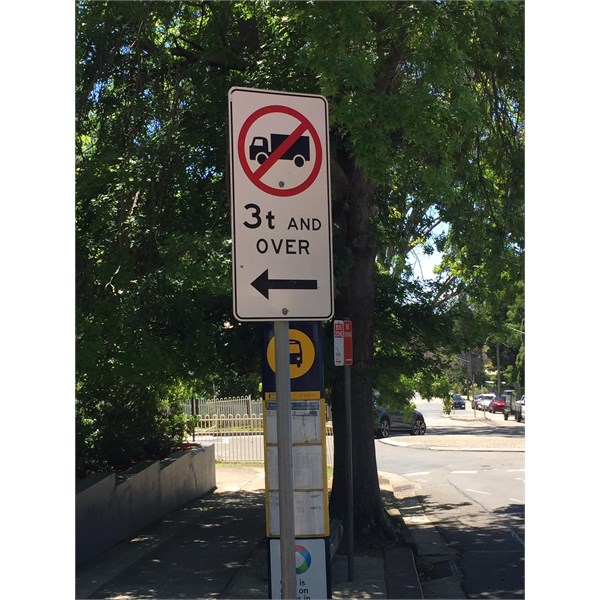
Weight restricted roads...
I’ve been doing some research on the many typical and popular 4WD vehicles on the market today and how they may be affected by weight restricted roads.
In NSW the Roads and Maritime
Services (RMS) look after major roads and local government authorities lesser local roads within its area.
I have limited to NSW, as this is where I live and is specific to local government authority roads and streets.
Many will be familiar with signs that restrict vehicles over 3,000kg (usually marked 3t) from travelling along a particular road or street and some signs indicate vehicles with a GVM over 3t.
There is a slight difference as a vehicle can have a GVM in excess of 3t, but potentially be under 3t in weight – so a nuance to be aware of…!
These
sign will usually have a “truck” picture on it; similar to the one in the photograph possibly leading drivers to form an opinion it does not refer to standard SUV style vehicles.
I have a Toyota 79 Series that has GVM of 3,780kg (standard is 3,300kg) and usually weighs in at around 3,500kg in its touring configuration.
The popular Toyota 200 Series has a GVM of 3,350kg.
But, 3t means 3t even if it doesn’t look like a truck and more like a passenger vehicle.
The purpose of the post is to highlight that many might either ignore or believe the
sign does not refer to their vehicle and be travelling on them unaware of the implications it might have, especially in the case of an accident.
If you have comprehensive insurance on your vehicle you will find that one of the first things it will say is that you are “covered anywhere you are legally entitled to be”.
And it pays to reflect on that statement – anywhere you are legally entitled to be…
The implication for those with vehicles weighing over 3t or with a GVM in excess of 3t is that travelling on a weight restricted road will, almost certainly, void your ability to make an insurance claim if it relates to an accident on that weight restricted road.
I am insured with the popular 4WD specialist underwriter, Club 4x4, and I have confirmed with them that my interpretation is correct – if you are not legally entitled to travel on a road due to it being weight restricted you will be in breach of the terms and conditions of the policy and a claim would in all likelihood be denied.
And given underwriting standards and interpretations of terms and conditions are fairly standard across the automotive insurance companies you will find they'll all mostly likely arrive at the same conclusion.
I guess there are a couple of caveats on that depending on the specific circumstances, but without doubt you will be spending money defending your right to make a claim.
I’ve suggested that Club 4x4 might want to do an article on the topic in its “Campfire” monthly newsletter…
Local government authorities when restricting roads and streets to weight are required to provide an alternative for vehicles in excess of the weight restriction. I live in an area of
Sydney that has numerous (3t) weight-restricted roads and there are alternatives.
The purpose of this article is to draw your attention to this issue and that you may jeopordise your ability to make an insurance claim by being in breach of the direction.
And importantly, it is worth noting, should an injury occur you might also be charged with “negligence” by the police, which on my understanding is not a traffic violation, but a criminal offence.
My caveat is I have researched this issue given I have “skin in the game” with my vehicle and I’m satisfied with my interpretation based on the information given to me and my research on the topic.
It may or may not be the same in other States, or others may interpret the rule differently, my only suggestion is do your own research on the topic to satisfy yourself either way. And of course, I'd be interested on the rules in relation to other States if you have any thoughts to offer.
I suspect many are blissfully unaware of the implications this issue may have, especially regards to insurance and personal liability…
Cheers, Baz – The Landy